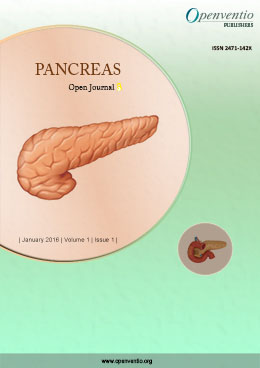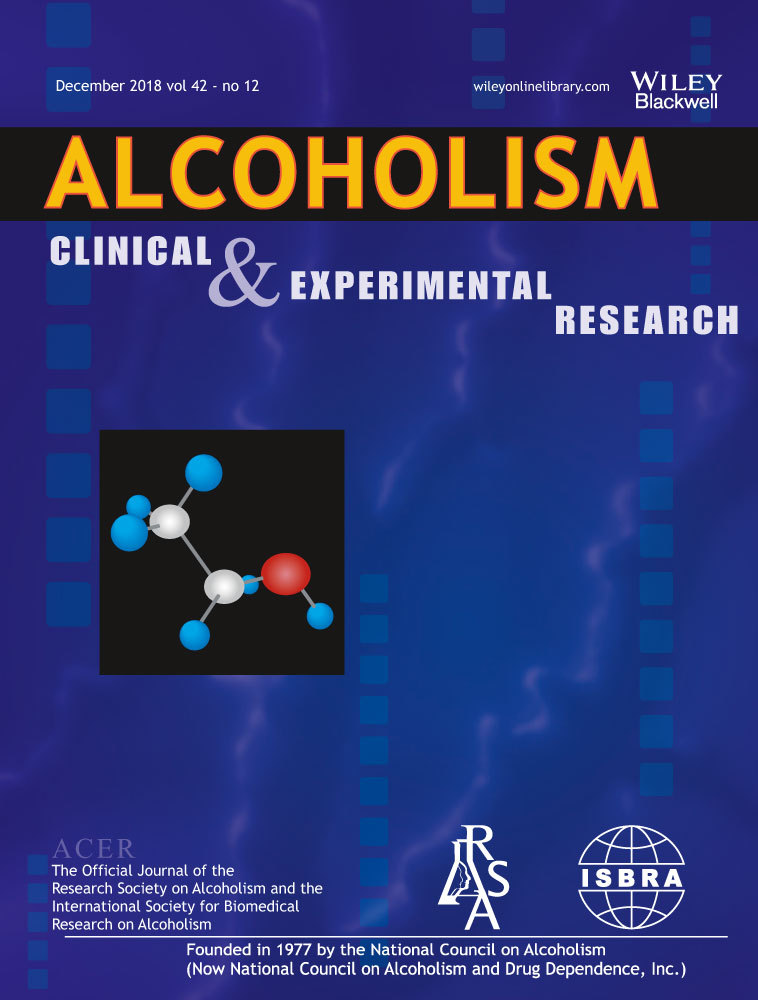
“Background and aims: Cannabis is a commonly used recreational and medicinal substance and has been shown to have anti-inflammatory and analgesic effects. Previous studies have shown that cannabis may reduce disease severity of pancreatitis. We aim to use nationally available data to further investigate the impact of cannabis on outcomes among patients with chronic pancreatitis (CP).
Methods: Nationwide Inpatient Sample (NIS) 2016-2020 was used to identify patients with CP. Patients were stratified based on the presence of cannabis use. Data was collected regarding patient demographics, comorbidities, and Charlson Comorbidity Index (CCI). The outcomes assessed were sepsis, acute kidney injury (AKI), deep vein thrombosis (DVT), pulmonary embolism (PE), intensive care unit (ICU) admission, acute pancreatitis (AP), pancreatic cancer, total charges, and length of stay. The relationships were analyzed using multivariate logistic regression.
Results: Out of 907,790 hospitalized patients in this study; 52,360 (5.8%) were cannabis users. After adjusting for confounding factors, cannabis use was associated with decreased odds of mortality (aOR=0.47, p<0.001), DVT (aOR=0.71, p<0.001), PE (aOR=0.622, p=0.002), ICU admission (aOR=0.705, p<0.001), pancreatic cancer (aOR=0.730, p=0.021). There was no difference in odds of AKI, sepsis or AP between the two groups.
Conclusions: Our study found that cannabis use is associated with reduced disease severity and better outcomes among patients hospitalized with CP. Further studies are needed to confirm our findings and explore the role of cannabinoids in pancreatitis.”









